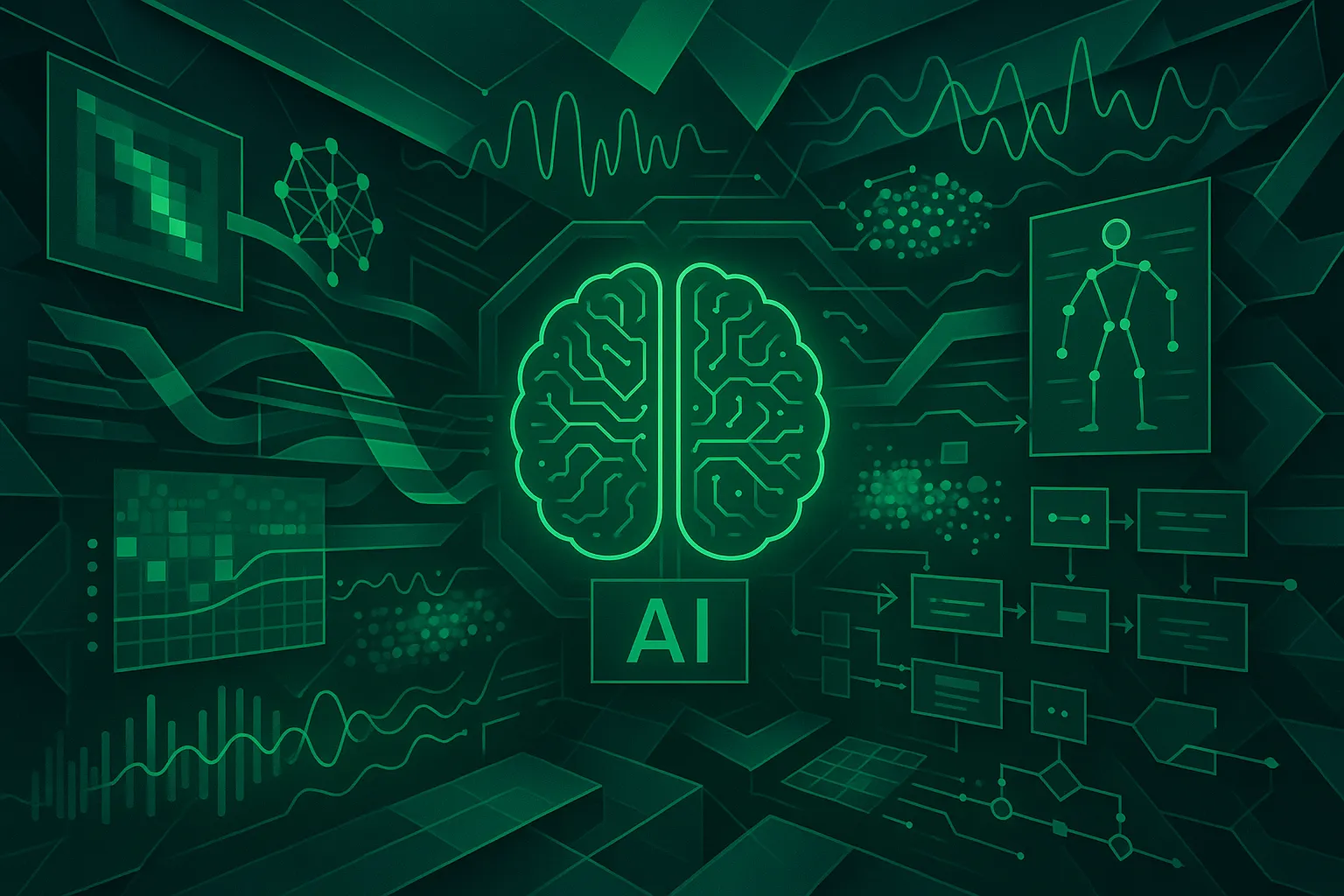
2025-04-04T04:00:00+00:00
In the fast-paced world of artificial intelligence, Anthropic's Claude's Artifacts is a standout innovation reshaping generative AI. Embedded within the Claude 3.5 Sonnet model, this cutting-edge feature creatively blends human ingenuity with advanced technology to open new horizons in AI applications.
The evolution of generative AI has been propelled by groundbreaking technologies that expand AI's capabilities. Leading this charge, Claude's Artifacts offers a unique platform for real-time content creation and visualization. Whether a developer, marketer, or educator, users benefit from an intuitive interface that simplifies the creation of interactive dashboards, visualizations, browser-based games, and prototypes, making sophisticated AI tools accessible to everyone.
Imagine crafting a stunning website or a complex flowchart with ease, utilizing Claude's Artifacts to generate and instantly preview HTML and CSS code. Users can seamlessly toggle between a raw code view and a finished layout, promoting efficient iteration and speeding up project timelines. Share your creations with a simple link or make them publicly accessible via Anthropic's Artifacts website to engage a wider audience.
Claude's Artifacts offers unparalleled interactivity with AI-generated outputs. Drawing inspiration from platforms like ChatGPT's Code Interpreter, this feature creates a dynamic space where users engage with their creations in real time. Although it currently lacks direct support for Python and Java, the feature supports HTML and CSS, allowing for creative explorations and remixing of Artifacts to maximize team collaboration and innovation.
Additionally, the integration of Claude 3.5 Sonnet's refined understanding broadens the spectrum of use cases. The sophisticated model discerns subtleties, including humor and nuance, making it a versatile tool across diverse domains.
Claude's Artifacts is not just an enhancement; it represents a strategic leap in how AI interacts with diverse user bases. This innovation is strengthened by a robust 200K token context window and cost-effective operations, making advanced reasoning and coding accessible. As the Claude 3.5 Sonnet continues to evolve, we can anticipate even more intricate integrations that facilitate exploration and creativity.
In conclusion, Claude's Artifacts signifies a transformative leap in generative AI, unlocking new possibilities for users across various sectors. By merging cutting-edge innovation with accessible applications, it promises a future rich with creativity and collaboration. As we await the next phase of Claude's journey and its subsequent model releases, consider how these developments might revolutionize your industry. How could you leverage Claude's Artifacts to foster creativity and collaboration in your own projects? Share your insights and join the conversation about the future of AI.